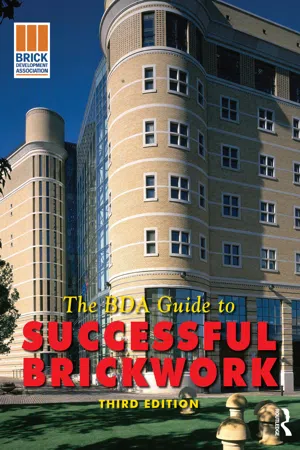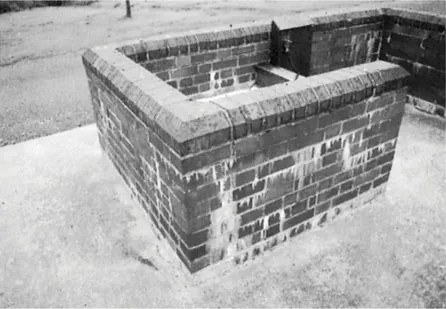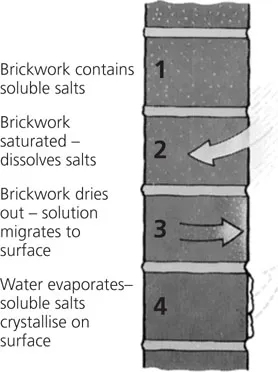
- 258 pages
- English
- ePUB (mobile friendly)
- Available on iOS & Android
BDA Guide to Successful Brickwork
About this book
The BDA Guide to Successful Brickwork is the definitive practical guide to obtaining successful results in brickwork construction. Written by a team of experts from the Brick Development Association, the representative group in industry for brickwork construction, this best-selling text has now been brought fully in line with the latest British and European Standards, including the requirements of the new European Standard for Bricks EN771-1, to ensure readers are receiving the most up-to-date and accurate information available in the field. Based on actual teaching practice, the book is highly illustrated throughout to increase accessibility of the text for the reader in its exploration of the practical aspects of brickwork. It also includes an extensive glossary of brickwork terms for ease of reference. The third edition contains new material detailing recent innovations in brickwork, in the areas of components, systems and techniques, which includes the development of thin-joint techniques for both brickwork and blockwork. Students following NVQs and Construction Awards in Trowel Occupations (bricklaying route, at Foundation, Intermediate and Advanced level) from CITB, will find this book to be an invaluable source of information which will accompany them throughout their studies. The text has additional relevance to BTEC National and Higher Nationals in Construction, as well as GNVQ Intermediate and AVCE Construction and Built Environment courses. Building professionals concerned with the design, detailing and specification of brickwork will also find The BDA Guide to be an essential reference.
Frequently asked questions
- Essential is ideal for learners and professionals who enjoy exploring a wide range of subjects. Access the Essential Library with 800,000+ trusted titles and best-sellers across business, personal growth, and the humanities. Includes unlimited reading time and Standard Read Aloud voice.
- Complete: Perfect for advanced learners and researchers needing full, unrestricted access. Unlock 1.4M+ books across hundreds of subjects, including academic and specialized titles. The Complete Plan also includes advanced features like Premium Read Aloud and Research Assistant.
Please note we cannot support devices running on iOS 13 and Android 7 or earlier. Learn more about using the app.
Information
6 BACKGROUND TOPICS
6.1 EFFLORESCENCE AND LIME STAINING
DEFINITIONS


EFFLORESCENCE
THE SOURCES OF SOLUBLE SALTS
Clay

Mortar sands
Cement
Detergents used as plasticisers
Other sources
How efflorescence forms
Minimising the risk of efflorescence
Design details
Site practice
Choice of bricks
Treatment of efflorescence
Table of contents
- Cover
- Halftitle
- Title
- Copyright
- Contents
- Foreword
- Training as a Bricklayer
- Glossary of Terms
- Preparation and Protection
- Bricklaying Techniques
- Good Practice
- Accessories
- Specific Constructions
- Background Topics
- Innovation
- Index